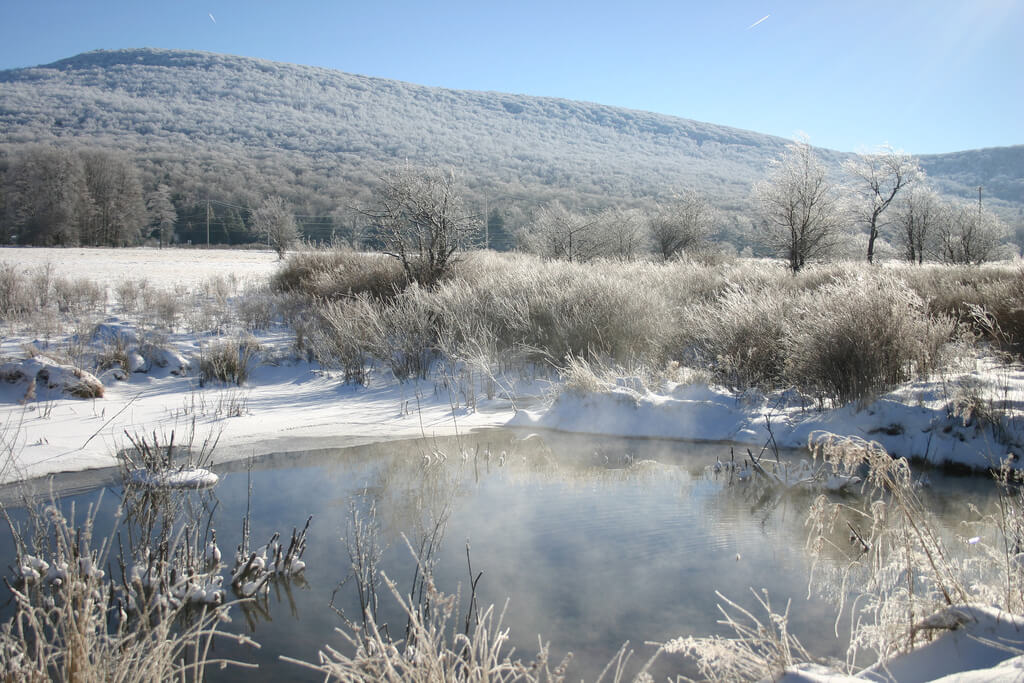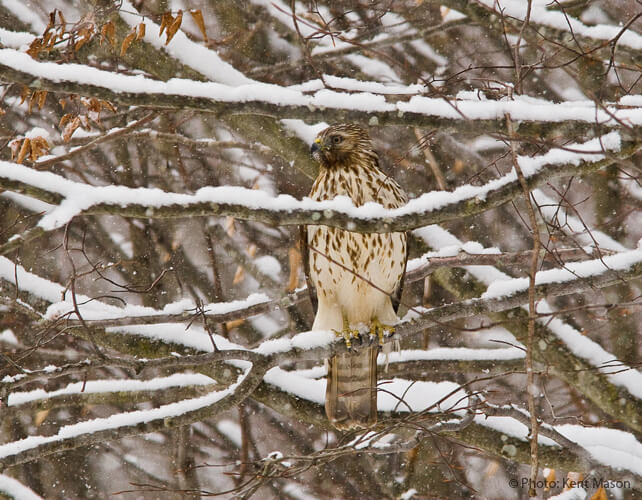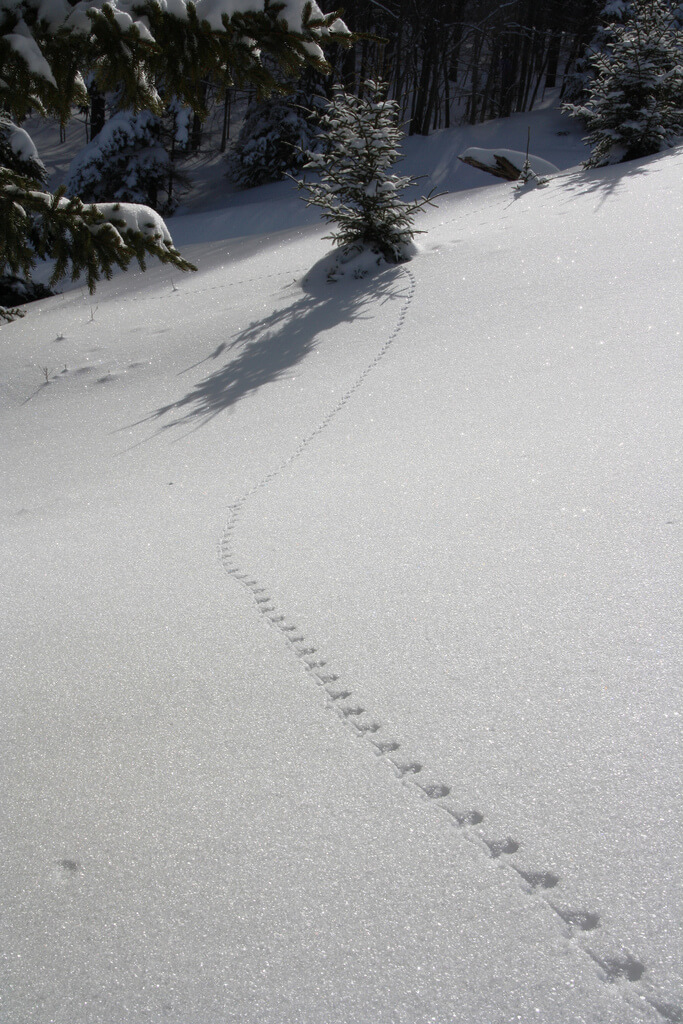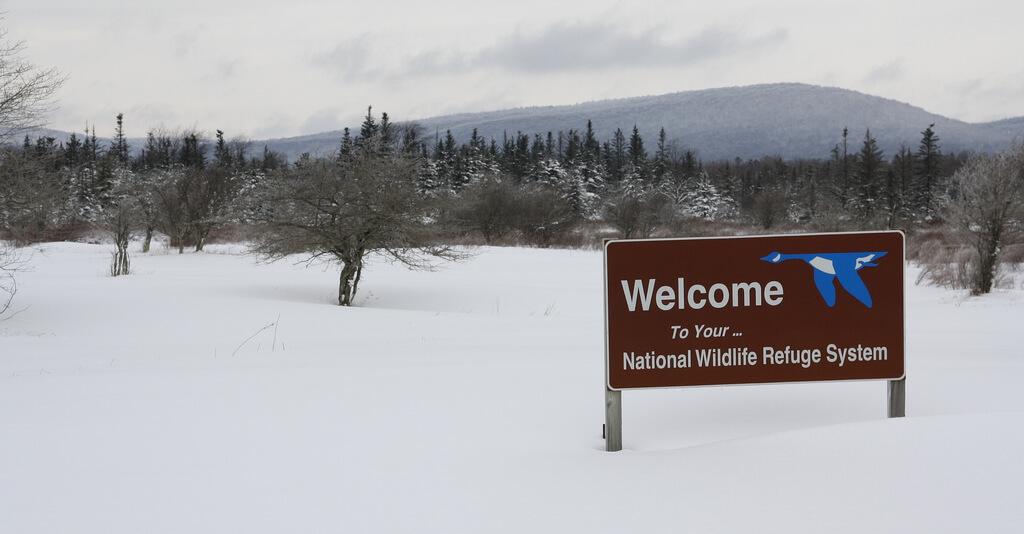
Add this destination to your list for an experience you won’t want to miss.
This story was originally published in the December 2020 issue of Wonderful West Virginia, and was updated in December 2022 by Wonderful West Virginia staff. To subscribe, visit wonderfulwv.com
Written by Wendy Holdren
Photos provided by Ron Hollis, refuge manager at Canaan Valley Wildlife Refuge & Kent Mason
The Mountain State is home to many breathtaking sights—from the scenic overlook of the Cheat River at Coopers Rock State Forest to the New River Gorge Bridge, the longest single-span steel arch bridge in the United States. Beyond the gorgeous views, perhaps the most unique of the state’s topographical vistas lies in the Canaan Valley. The valley is positioned in the Allegheny Mountains and is home to nearly 600 species of plants and 300 different animals.
“This area is the most ecologically diverse east of the Mississippi,” says Ron Hollis, refuge manager of the Canaan Valley National Wildlife Refuge. “The habitat is kind of like northern Maine or Ontario, Canada. The boreal forest, with trees like the red spruce, hemlock, and fir, are more commonly found in the northern ecosystem.”

The valley’s high elevation and position in the mountains offer a cool, moist climate, with crisp summers and snowy winters. The area features expansive views of the valley, which contains the largest wetland complex in West Virginia, and what Hollis says is one of the largest peat bogs you’ll ever find.
Preserving Flora and Fauna
Hollis and his team play an important role in the area at the Refuge, which works to preserve the unique wetlands and uplands of this verdant high-elevation valley. The path was paved for the Refuge back in 1974, when Canaan Valley was declared a National Natural Landmark by the U.S. National Park Service in recognition of its extensive wetlands, wildlife, and habitats. A task force, studies, and surveys followed the designation, and the Canaan Valley National Wildlife Refuge was officially established in August 1994 as the nation’s 500th national wildlife refuge. The Refuge has expanded from its initial purchase of less than 100 acres to now more than 16,000.
At the refuge, visitors can enjoy hunting, fishing, hiking, biking, and wildlife viewing as well as interpretive programs such as wildflower hikes and bird-watching walks, environmental education for all ages, and much more. More than 30 miles of trails are available for pedestrian use, including walking, cross-country skiing, and snowshoeing, and 20 miles allow bicycle use and horseback riding.

Numerous birds can be spotted along every trail, including the distinctive bobolink, the only American bird that is black underneath and white on its back, and one that has a pleasant, melodious song. “The refuge is a premier bird-watching spot, especially in spring,” Hollis says. “People can also see the cedar waxwing, eastern meadowlark, green heron, and northern harrier.” Mammals that visitors may see include beavers, black bears, coyotes, foxes, muskrats, raccoons, and whitetail deer. Hollis recommends wildlife viewing early in the morning or late in the evening.
Constantly Improving The Visitor Experience
The newest additions at the Canaan Valley National Wildlife Refuge include a multipurpose facility, outdoor recreation improvements, and trail improvements, all made possible through a $7 million appropriation from Congress. Three bike repair stations were included as well as the reconstruction of the Freeland Boardwalk with new tracks and sustainable materials. Directional signs and kiosks have also been updated and improved.

The energy efficient multipurpose facility, constructed to meet accessibility requirements, will house staff from the Refuge as well as from the U.S. Fish and Wildlife Service’s Field Office, Ecological Services, and Office of Law Enforcement, which will relocate from Elkins.
In addition to the administrative areas for employees, the new facility will include a visitor area and multipurpose room for the public. “On the public use side, an exhibit room will have up to five exhibits showcasing the habitat and what you can do here,” Hollis says. “It will be staffed by volunteers and Friends of the 500th, our nonprofit organization that supports the wildlife refuge.” An introductory video will welcome visitors to the area and highlight recreational offerings. Folks can also schedule related events in the public space.
On the grounds, visitors can check out the exterior exhibits and take a stroll through the native garden, enjoy the pond overlook, or view informational kiosks. The team is also working on a trail that will connect the facility to the Canaan Valley Resort and Conference Center.
Construction of the multi-use building is complete, and Hollis estimates the exhibits are 90 percent complete. Due to challenges posed by COVID-19, the facility has not yet been able to open to the public, but interested visitors can visit @canaanvalleynwr on Facebook for the latest updates.
Adding Value to The Community
An important element of the recent facility upgrades is supporting the local economy, Hollis says. “We wanted local contractors and subcontractors for this project,” he emphasizes. “We hired several from the Davis/Thomas area as well as folks from Clarksburg and Oakland, Maryland. These people were in our community working, eating, and staying over, which provided a positive contribution.”

Hollis is conscious of the value the refuge adds to the community. A May 2019 U.S. Fish & Wildlife Service report shows that the Canaan Valley National Wildlife Refuge drew 74,000 visitors in 2017 for activities that included hiking, nature viewing, hunting, and fishing. The economic impact for Tucker County was estimated at $2.5 million in visitor expenditures, with out-of-state visitors accounting for 80 percent. Recreational spending in the surrounding communities was associated with more than 30 jobs, $700,000 in employment income, $250,000 in tax revenue, and $2.7 million in economic output.
Hollis emphasizes the intangible benefits, too. “People have a jewel in their backyard whenever they want to utilize it,” he says. Since the start of pandemic self-quarantining in March 2020, Hollis says there has been a 40 percent increase in the use of trails at the Refuge, which underscores the importance many residents place on outdoor recreation.
“We have such beautiful views of the valley. Come out and enjoy it for yourself,” Hollis offers. “One of the goals of the Refuge is to get people to look at the beauty of Canaan Valley. Get out and visit. No matter your interests, this area will do it for you.”











